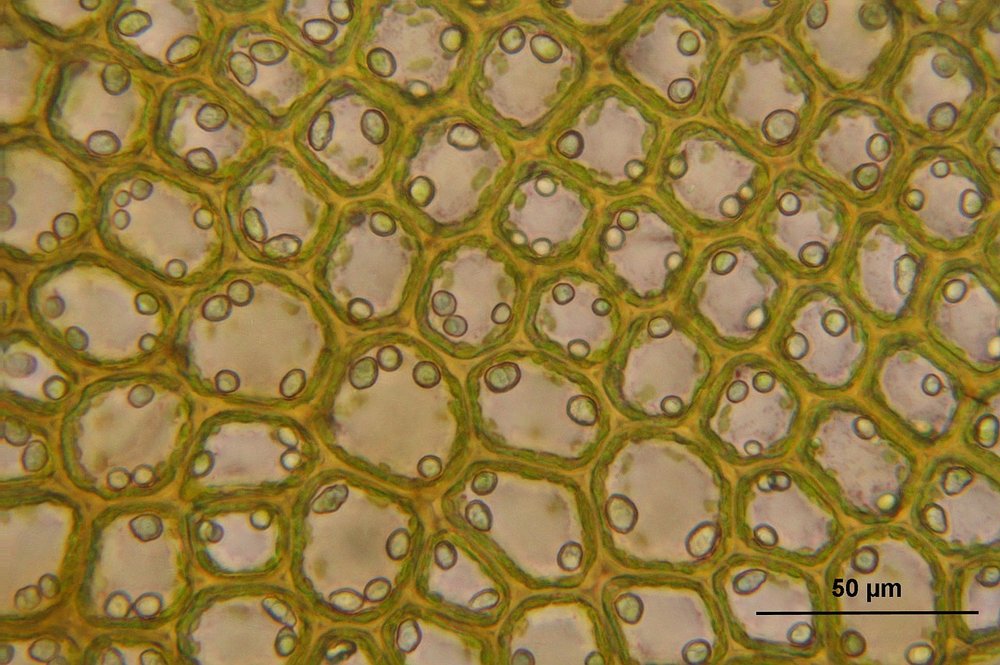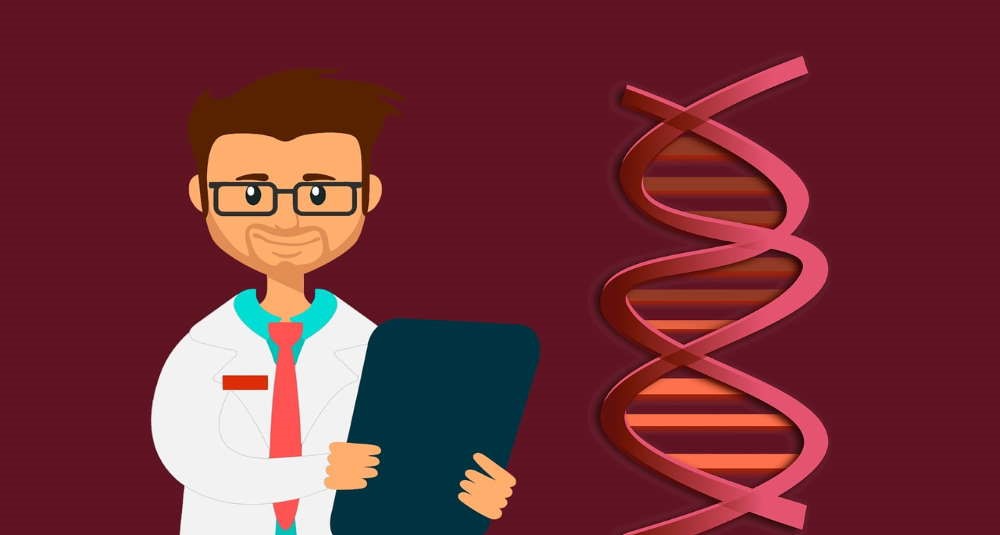Two separate research groups used CRISPR gene editing to fuse entire sets of brewer’s yeast chromosomes together, resulting in two strains with just one and two chromosomes. Surprisingly, the changes had little effect on most functions of the yeast. Their findings could be monumental to the study of chromosomes and why their numbers vary from species to species.
Brewer’s yeast (Saccharomyces cerevisiae) is a single-celled eukaryote organism, that usually stores its genetic material in 16 chromosomes. Its genome is 12 million DNA base pairs long, hundreds of times shorter than that of humans. The number of chromosomes in eukaryotes, which include al organisms whose cells store genetic material in a membrane-bound nucleus, varies wildly. Humans have 46 chromosomes, male jack jumper ants (Myrmecia pilosula) have just 1, and Atlas blue (Polyommatus atlantica) have the highest number of chromosomes in the non-polyploid eukaryotic organisms with xy. However, it seems there is no correlation between the amount of genetic information they possess and the number of chromosomes.
“We don’t know why they have such different numbers,” Zhongjun Qin, a molecular biologist at the Chinese Academy of Sciences’ Shanghai Institute of Plant Physiology and Ecology, whose team created the lone-chromosome yeast strain, said for Nature. “I thought it was probably random.”
To tackle these questions and to see how organisms function after extreme reduction in their chromosome numbers, two teams have used CRISPR gene-editing technology. To the researchers’ surprise, the actual number of chromosomes might not be as important as we thought.
“That was the biggest shocker — that you can just get away with this and yeast seem to shrug its shoulders,” says Jef Boeke, a geneticist at New York University whose team squeezed the yeast genome onto a pair of chromosomes. A China-based group used a different technique to make yeast with one “super-chromosome”.
Qin and his group think there should be no reason that a yeast cell shouldn’t be viable with 1 chromosome if an organism’s chromosome count were down to chance.
Researchers in the past had changed a number of yeast chromosomes and all products had viable cells. However, Qin and his research group have performed an extreme genetic modification. They used CRISPR to remove DNA at telomeres, the ends of chromosomes that protect them from degradation. Also, they removed centromeres, sequences in the middle that are important to DNA replication. First, researchers fused two chromosomes, then added another one to the product and repeated until they were left with a lone-chromosome yeast strain (“Minimal yeast“). Boeke’s group ended up with a yeast strain that had two extra-long chromosomes.
Boeke could not get the pair to fuse into one. He explained, one difference is that Qin’s group cut out 19 repetitive stretches of DNA. Qin suggested that these sequences might have interfered with the mechanisms that cells use to stitch two chromosomes into one. Another possibility is that it could be down to chance. Since there are about 1019 different ways to arrange yeast’s 16 chromosomes into 1, the Chinese team might have simply been lucky. Boeke is also engaged in an international effort to synthesize an entire yeast genome from scratch.
Surprisingly, the changes to chromosome number had little impact on their gene activity and both strains of yeast looked normal under a microscope. The most visible difference in strains was that Boeke’s strain underwent normal asexual reproduction and grew as efficiently as 16-chromosome strains and the lone-chromosome yeast divided more slowly. Both strains have a defect in sexual reproduction. Yeast cells with two genome copies produce “spores” that have only one. The Qin’s group single-chromosome strain grew even slower compared to normal yeast when its genome was doubled through sexual reproduction, and it produced fewer spores.
Boeke’s group observed defects when they tried to coax yeast strains with differing numbers of chromosomes to produce spores. This genetic incompatibility could, however, prove useful. It prevents synthetic yeast from mating with wild strains when released into the environment. Boeke noted that the two-chromosome yeast might qualify as a distinct species because it cannot breed with normal yeast, despite having near-identical DNA.
Gianni Liti said, that scientists tend to focus on the role of DNA-sequence changes in creating new species, but these studies suggest that natural chromosome fusions could also play a part. He is a geneticist at the University of Cote d’Azur in Nice, France, who reviewed the papers and wrote an accompanying essay.
William Noble, a computational biologist at the University of Washington in Seattle, said that studying such strains could help explain why nearly all eukaryotes apportion their DNA into multiple chromosomes.
“Why bother?” Noble said. “If you only needed one, it would be the ‘Occam’s razor’ solution.”
Learn more about the first synthesized functional chromosome in yeast in the video below:
To learn about possible reasons for why we have more than one chromosome, watch the video below:
By Andreja Gregoric, MSc











